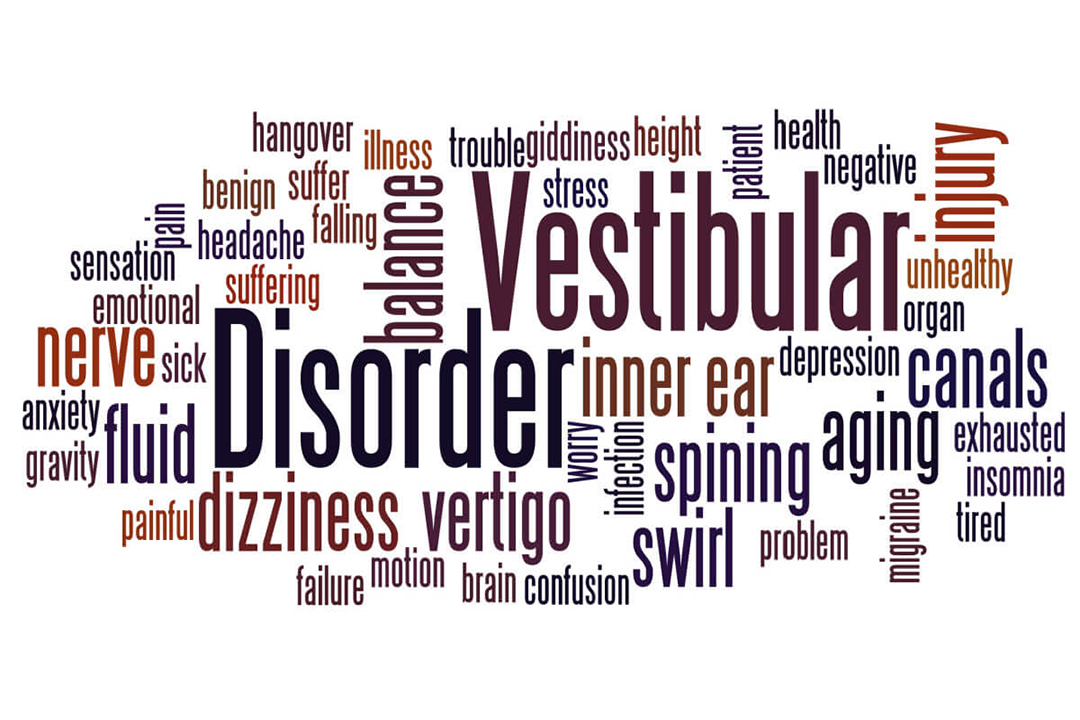Signs You May Need Vestibular Rehabilitation Therapy
The vestibular system plays a crucial role in maintaining balance, spatial orientation, and coordinating head and eye movements. When this system is disrupted, it can lead to various symptoms that affect daily life. Vestibular Rehabilitation Therapy (VRT) is a specialized form of therapy designed to address these issues. Here are some key signs that you may benefit from VRT.
1. Persistent Dizziness or Vertigo
Dizziness and vertigo are common symptoms of vestibular dysfunction. If you experience spinning sensations, lightheadedness, or a feeling of imbalance that doesn't resolve on its own, VRT may help alleviate these symptoms by retraining your brain to process balance signals correctly.
2. Balance and Coordination Problems
Frequent falls or feeling unsteady while walking are indicators that your balance system may be impaired. VRT can improve your postural control and stability, making everyday activities safer and more manageable.
3. Difficulty Focusing or Visual Disturbances
Vestibular dysfunction can cause problems with gaze stabilization, making it difficult to focus on objects, particularly when moving your head. This may manifest as blurred vision, double vision, or difficulty reading. Gaze stabilization exercises in VRT are designed to address these issues.
4. Motion Sensitivity
Feeling disoriented or nauseous when moving your head, riding in a car, or walking through a visually busy environment can be a sign of vestibular dysfunction. VRT uses habituation exercises to help your brain adapt to motion stimuli.
5. Frequent Headaches or Neck Pain
While headaches can have various causes, those associated with vestibular issues often occur alongside dizziness or balance problems. Neck tension and poor posture resulting from vestibular dysfunction can also contribute to headaches. VRT can help address the root causes of these symptoms.
6. Recovery After a Concussion with Persistent Symptoms
If you are recovering from a concussion and continue to experience dizziness, balance issues, or visual disturbances, vestibular rehabilitation may be a critical component of your recovery plan.
7. Difficulty in Crowded or Busy Environments
Feeling overwhelmed or disoriented in places with a lot of visual stimuli, such as shopping malls or busy streets, can indicate vestibular dysfunction. VRT helps desensitize your brain to these stimuli, improving your comfort in such environments.
8. History of Inner Ear Conditions (e.g., BPPV)
Benign Paroxysmal Positional Vertigo (BPPV) and other inner ear conditions can disrupt your vestibular system. Even after treating BPPV, lingering vestibular issues may benefit from targeted rehabilitation exercises.
9. Nausea Not Related to Gastrointestinal Issues
Unexplained nausea that occurs with head movements or changes in position may be related to vestibular dysfunction. VRT can help address the underlying balance issues contributing to nausea.
10. Difficulty Returning to Physical Activities
If you find it challenging to resume sports or physical activities due to balance or dizziness issues, VRT can help restore your ability to participate safely and confidently.
When to Seek Professional Help
If you recognize any of these signs, it may be time to consult a healthcare provider trained in vestibular rehabilitation. Early intervention can improve your symptoms and prevent further complications.
Conclusion
Vestibular Rehabilitation Therapy is a powerful tool for addressing dizziness, balance problems, and visual disturbances. By identifying the signs of vestibular dysfunction and seeking appropriate care, you can take an essential step toward restoring your quality of life.


